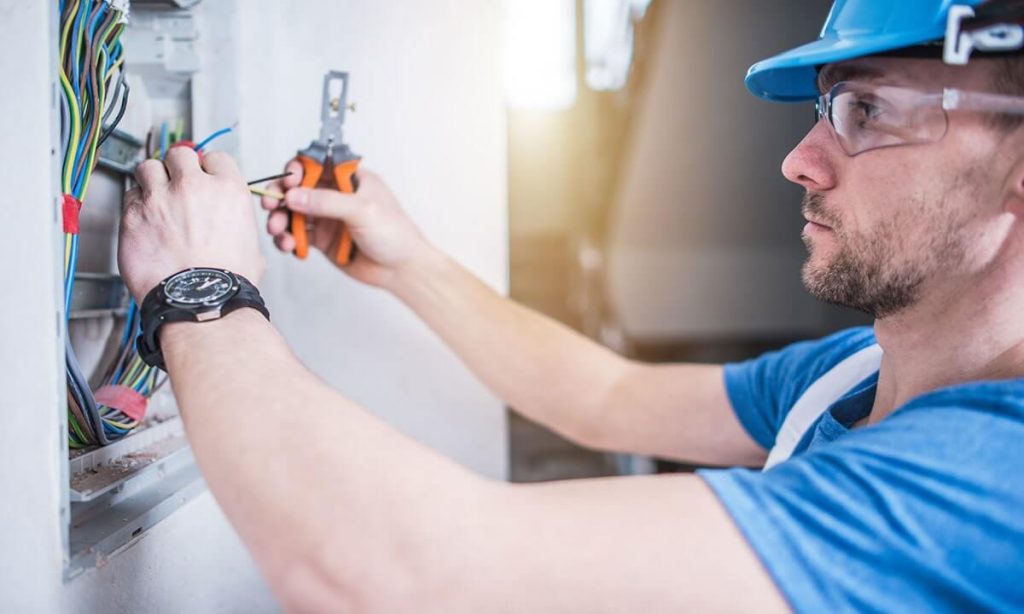Content Attributes
Electrical contractors need to keep pace with technology’s rapid progression to remain competitive and offer high-quality client services that help their businesses succeed now and into the future. Doing this will allow them to maintain and expand their business models while growing.
These technologies include cloud-based tools like estimating software and project management systems. Prefabricated components made off-site are then delivered directly to the job site for assembly.
After reading today’s article, you can click the following link to learn the ins and outs of being an electrical contractor.
1. Smart Building Technology
Electrical contractors must stay abreast of emerging technologies and trends to remain competitive. Such as augmented reality, microgrids, energy-efficient features, and sustainable materials.
Smart building technology can be used to automate lighting, security, music, and temperature systems within the home. It can also be installed commercially to manage inventory control and device tracking and ensure security for inventory tracking.

Many ECs are turning to cloud-based tools in order to work more efficiently and quickly. Such as real-time estimating software, tool management tools, and job site reporting software.
Sustainability has become increasingly prevalent among ECs as clients demand green options and energy-saving features, including installing backup power systems like microgrids to reduce dependence on main power grids and using renewable sources of energy such as solar or wind.
2. Internet of Things (IoT) Devices
IoT devices bring internet connectivity, data processing, and analytics capabilities into the physical world, allowing objects to communicate with each other and automate home and industry tasks while relaying sensor data back to people, businesses, and systems for use in decision-making processes.
IoT provides greater efficiency and functionality in both personal and professional settings, including reduced energy costs, enhanced safety features, increased productivity, performance increases, and overall improved results. In particular, its use has become more prevalent within industrial applications as it helps streamline manufacturing and distribution processes.
Staying abreast of new technologies in the electrical contracting industry allows electricians to position their businesses for long-term success and future-proof their business operations. Some key trends and technologies include intelligent building integration, renewable energy sources, microgrids, and cybersecurity.
3. Smart Homes
As the industry changes rapidly, electrical contractors need to remain aware of emerging technologies and trends if they want their business to be sustainable in the long run. Doing so can ensure the future success of their operations.
Residential spaces have witnessed a proliferation of smart home technology. From doorbells that display visitors on smartphones to refrigerators that alert users when milk runs low. These devices are helping make homes more comfortable and convenient.
4. Prefabricated Components
Utilizing prefabricated components can save electrical contractors time and effort on a job site while increasing safety by decreasing worker workload on busy construction sites.
Integrating pre-assembled materials into a project requires careful planning and coordination. Furthermore, heavy machinery may often be necessary for transport.
5. Sustainable Materials
As the global shift towards sustainable practices increases, materials used for electrical contracting projects must become increasingly eco-friendly. They must be durable yet lightweight for modern industrial needs.
ECs will utilize plant-based fibers, like cork, lyocell, and pineapple leather (Pinatex), that are both renewable and lightweight – often making for superior products as they require far less energy than synthetic fabrics like polyester and nylon.
When searching for sustainable fabrics, look for those marked “TENCEL,” as these have been manufactured using an environmentally-friendly production process from sustainably managed forests. Another good choice is a modal made from beech trees – both will save money while decreasing environmental waste.



